Mood, or atmosphere is often an intangible substance or feeling that can sometimes be difficult to put into words, and often even more difficult to capture on film. Today I’m going to talk about some of the occasions that I think I’ve captured the mood as it was and for what reasons. I’ll also mention some shots that have a good start, but the mood was enhanced by using some other technology, either when shooting or in post-processing.
A while ago, I made a list of images that I’d like to talk about at some point in this Podcast. I jotted down the image number and a possible title or theme for the Podcast. Recently I was looking through the list and I noticed image number 8, with the theme, just one word “mood”. I started to look through my gallery to see if there are any other images that I could talk about to help backup what I might say, and came up with a series of images that made me feel the mood of the shot, for one reason or another.
I thinned the list down a little after my initial pass through them, but while doing so I noticed a few things once I got a fair number of images in my list. Basically, I can pigeon-hole shots with mood into two categories. One is visual mood, caused by say having mist, or some other visual element that invokes the feeling of mood or atmosphere, and the other I’ll term implied mood. I’d say that the visual mood, even if involving natural elements like mist or fog, might perhaps be more easily planned than the mood captured in candid shots of people for example. Sure, you could hire models and get them to do something that would relay the sort of mood that I’m thinking of here, but you actually might not be able to conceive the scene or situation in the first place, without stumbling upon it. I guess this is part of the luck aspect of being at the right place, at the right time, with the right equipment, turned on and ready to go. The scene may only exist for a split second, and can never be re-enacted exactly the same again. Now, having said that, I’ve split my list of images, and next week will talk more about those that match the latter part of what I’ve just said, that is, images that really only exist for a moment in time, and could not be recreated without considerable or at least and unreasonable amount of effort.
My list of the first type of images, using natural elements or other tools at our disposal to create mood, starts with that first image I thought of, number 8. If this is the first time you’re listening to this Podcast, you can view the images on my Podcasts page at martinbaileyphotography.com, among other ways. I explain how to view images in more detail on occasion, so if you’re stuck, listen to a few of the other Podcasts first and you should hear a better explanation.
So, shot number 8 called “Misty Morning” was shot in 1992, in Nottingham, near my home town in England. I was home for Christmas. This was one of the few times that I’ve been home for Christmas during the total of 12 years or so that I’ve lived in Japan since 1991 and the guy in the shot is a friend, a Japanese guy that had gone back to England with me for the holidays.
Unfortunately, for pretty much the entire 10 days or so we were there, the Nottingham area was enshrouded in a real pea-souper. The fog just didn’t let up, and the only time we saw the sun was during a couple of days that we spent in London, a couple of hours South of Nottingham by car. This basically meant that the usual view of the City of Nottingham that should be sprawling out in front of my friend in this scene, is not visible, but it also gave me an opportunity to capture a moment in time with mood. This was shot with my old 35-105mm lens, that I soon replaced having switched to digital, and using Fuji Velvia positive film. I don’t recall the shutter speed or aperture settings. In the resulting shot you can see that the branches of the tree near my friend in his almost silhouetted form are a little pale as the mist cuts out their light. You can compare them with the branches and twigs on the tree in the foreground that occupy the top right of this image. These branches are much darker and have more contrast against the background.
This to me at least, all adds to a somewhat solemn mood in this image. If you didn’t know the background, you’d probably look at this and start painting in your own ideas about this man standing looking out into the mist. Is he wondering about a lost love, or thinking about other troubles? There are lots of things that could spring to mind, but I’m sure none of you are imagining him thinking, “Wow! I can’t wait to get to the pub tonight and have a few drinks with my mates” or, “Ooh, I can’t wait to get home and open my Christmas presents”. You will probably be thinking solemn, sad thoughts. This is because of the “mood” that the fog and this lighting lends the shot.
So, on the subject of light, and this shot is a somewhat more subtle example, let’s take a look at image number 722. This shot of a mother and child, both peering out of the Tipu Sultan Palace in Bangalore, India, has a different kind of mood. The surroundings gives them a kind of regal look, but I imagine these people surveying their domain, maybe even feeling lucky to be here. I get a serious, yet happy mood from this image. I’m thinking that the reason is probably coming from the fact that there are no lights in this building, and the only ambient light is entering the building from front, lighting the front of the subject’s faces, but quickly dropping into shadow from their cheeks to the totally shadowed back of their heads. This is enforcing the mood, or the feeling of them looking out, surveying their domain. I think I’m also getting a warm feeling from the shot because of the warm golden and brown colours. This was shot in October 2005 during a brief visit to India, and I was using my 24-105mm F4 L lens at 105mm. The ISO was set to 400, with the aperture wide open at F4, and a shutter speed of 1/20th of a second. I myself was halfway down a staircase when I noticed these people peering out from the balcony, and snatched a quick shot before the broke their pose. You’d probably also think that they were in this position for a long time, once again, down to the mood of the shot, but the reality is they stopped for just a short while, and moved on.
Next let’s talk about things that we can do to increase the mood of a shot. First, while shooting, there are often things that can be done to change the appearance of the final image. In episode 35 of this Podcast we went on a virtual tour of the Chichibu Cement Factory. The last image I spoke about in that Podcast was image number 981, and I’d like to revisit that image again today.
As I said in episode 35, this is one of my favourite shots right now, so forgive me for harping on about it, but I wanted to reiterate while discussing mood that I actually walked into this scene, scuffing my feet against the dusty concrete, to raise the dust that you can see helping to make the pillar of light entering from a hole in the corrugated steel above. Without this dust, the rays of light flooding into the window would not have been visible, yet they add so much to the mood or atmosphere of this shot. So I guess the take away here would be, if you are shooting in a darkened room, with light flooding in, sometime it will be visible, but on occasion you may need to use something at your disposal to make it visible. Now, I personally don’t do any studio shooting, other than still lifes with a small setup, so I’m not sure what sort of tricks studio photographer’s have up their sleeves, but I have seen machines that make smoke for example. I think the machine I saw actually makes bubbles and all sorts, but that would probably spoil the mood a little. Anyway, rather than buying a machine, you could perhaps light a cigarette, if you smoke yourself, or get someone to puff a few lungs full into the scene if this is an option. Dry ice or incense sticks might also be an option, and I’m sure there are lots of other things that can be used. If this is not your profession, get inventive with what you have at your disposal to make that ray of light stand out. It will probably improve your shots by adding a little, I’m going to say it again, “mood”.
In the next shot, image number 729, we can see more rays of light, this time natural, cause by bright sunlight shining through a break in the clouds over the Chuuzenji Lake in the mountains at Nikko in Tochigi Prefecture, Japan. This shot again made with my 24-105mm F4 lens, at F8, with a shutter speed of 1/640th of a second. The ISO was 100, so you can see that this was a pretty fast shutter speed, throwing the line of trees along the center of the shot into silhouette, and most of the shore and small promontory very dark. Also, the clouds in the sky are very dark and heavy looking, almost daunting.
There are a number of reasons why I picked this shot out to talk about mood. I think the boat, moored on the shore in front of the promontory adds to the atmosphere. This may be nothing more than my interpretation, but from the boat I get a kind of peacefulness. It’s as if the work is done for the day, and the owner of the boat is now at home soaking in a bath after a days work, or sitting in front of the TV with a glass of sake, reading the newspaper. In addition to that, we have this dark looming sky, looking like it could rain heavily at any minute, but then there’s the ray of light, like a ray of hope, keeping the feeling of rain at bay for a while, and overall restoring the balance to the calm, peacefulness that I get from the boat.
The next shot, number 380, was shot I think, if my memory serves me correctly, on the very day that I bought my 50mm F1.4 lens. I dropped it onto 10D on the bus on the way back from the camera store, on the 22nd of May, 2004. Wow! That makes this lens two years old this week. What a coincidence! Anyway, I literally just dropped the lens onto the 10D and snapped off two or three frames in the bus. I wasn’t particularly thinking about the results, but when I got home, and looked at the images, I found that I liked the everyday, nothing-out-of-the-ordinary type feel, or the mood of the shot. But it was lacking something. I wanted now to make something of the shot, so I fired up Fred Miranda’s Black and White Workflow Pro plug-in in Photoshop. I’ll drop a link to Fred’s online shop into the show notes for this episode, but basically this plugin allows you to make a vast array of black and white images, with lots of variations, such as this rich sepia effect. For this particular image I’d applied the Red filter, which gives the effect that a deep red filter would have on a black and white image, not making the image red, and I then chose the Tritones, Sepia, Dark Effect options. Now I must admit, I don’t use this filter as much as I used to these days, more often now going straight into the tritons or duotones in Photoshop for this sort of effect, but it does make creating sepia or black and white image very easy.
One thing that I did pay a little attention to when shooting this image was the fact that you can see the driver in the rear-view mirror. I feel that this adds to the shot, but making it this rich sepia colour really throws us back in time, with a very retro feel to it. If we imagine the LCD with the bus stop name above the rear-view mirror to be one of those old bus signs that are stenciled in a sheet of waxed canvas or the like, and also don’t think too much about the rounded car body shapes in front of the bus, we could probably pass this image off for being thirty years or so ago. At least that’s the way it makes me feel, because of the mood given by the sepia effect.
So basically here, what I’m saying is, try making your image black and white, or sepia, and you might find it adds a different atmosphere to the shot than it would otherwise have in colour. Remember, there are many ways to create black and white images, and I won’t go into these today, but one thing you should not do is simply use the de-saturate option in Photoshop. I recently said, again in the Chichibu Cement Factory Podcast, that I de-saturated the image a little. By this I meant that I reduced the saturation, but Wayne, one of the major contributors on my Web site soon pointed out that we should not use desaturation of course meaning for black and white shots though. Sorry for the confusing terminology Wayne, and thanks for pointing it out. Wayne did point us to a great tutorial on the photoshopuser web site, about converting to black and white using the Channel Mixer in Photoshop. There’s a video tutorial, so if you are interested, there’ll be a link in the show notes.
Finally today, let’s take a look at image number 985. This is an example of changing the mood or atmosphere of an image totally, at the time of shooting it. This is a little oasis in Shinagawa, just outside of the Canon S Tower near the Shinagawa train station, shot with my 24mm TS-E lens. Tilt-Shift lenses allow us to change the focus plane of an image to at the most extreme, run almost down the very center of the image as though project straight out from the lens, as opposed to being parallel to the film plane. For more details of this, listen to Podcast episode 13 on using a Tilt-Shift Lens for Surreal Images. As I went into a lot of detail about using a Tilt-Shift lens in that episode, I won’t go into it again today, but rather from the artistic thinking behind this shot.
Firstly, the sky and building are over exposed, but I chose this shot over better exposed shots because I feel it enhances the overall surreal look that this lens gives when the focus plane is adjusted to run down the center of the frame. I also corrected the buildings leaning in with the lens in some other shots, but again chose this one over them, as it keeps us in a surreal atmosphere not possible with a normal lens. The trees and a few people at the bottom of the shot are well exposed, and this is the focal point of the shot. You’ll see that the lens has forced the trees either side of the path quite far out of focus, and the buildings to the side are really quite fuzzy. Now, this probably isn’t a moody shot in any way, but the atmosphere is definitely not normal. I’ve used the technology which is the TS lens at shooting time to give that image an atmosphere of it being somewhat out of this world, like looking at a tiny model of the world, rather than a real scene with real trees and real people. This is also helped by having the natural shape of the trees in amongst the angular buildings of Tokyo, which is why I titled this image Shinagawa Oasis.
There are probably a lot of areas that I have not, and really cannot touch on today, with regards to creating mood. In the second shot, of the mother and child in the palace in India, I mention the lighting on the subject’s faces. As I said, I don’t do studio work, but I’m sure there are techniques for changing the mood of portraits by lighting them in a certain way. Maybe by lighting from one side only, through the other side of the face into shadow. I’m sure you’ve all at some point help a torch under your chin in the dark, so as to light your face from the bottom. This makes for a very scary look indeed. Most definitely not flattering, and I would not suggest running out and trying this in your work, but what I’m saying is that lighting also plays a big part in the mood, even in studio work. If anyone that does do studio work and would like to share information on this or any other related topic, please post it in the forum at martinbaileyphotography.com.
So that’s about it for today. Although they will not be directly linked, as I said in the introduction, I’ll probably do another episode next week as a loose follow on to this, with examples of capturing mood in a fleeting moment that can really not be recreated again without going to great lengths, if at all. Unless that is, something happens over the next few days that makes me postpone this theme until a later date.
Also, remember that the new assignment on “Rainy Days” is now open for submissions. If you are not already aware of this, please listen to episode number 37 for details. There’s still plenty of time to get out shooting, and prepare something.
Thanks very much for listening, and have a great rest of the week, and a great weekend, whether you’re out shooting, or whatever you’re doing. Bye bye.
Show Notes
Music from Music Alley: http://www.musicalley.com/
Subscribe in iTunes for Enhanced Podcasts delivered automatically to your computer.
Download this Podcast in MP3 format (Audio Only).
Download this Podcast in Enhanced Podcast M4A format. This requires Apple iTunes or Quicktime to view/listen.

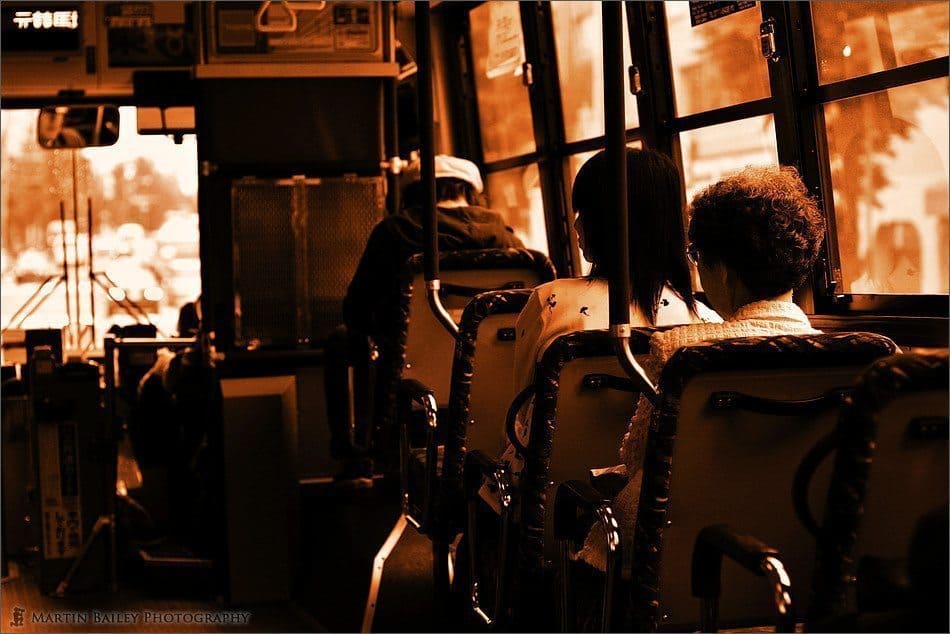
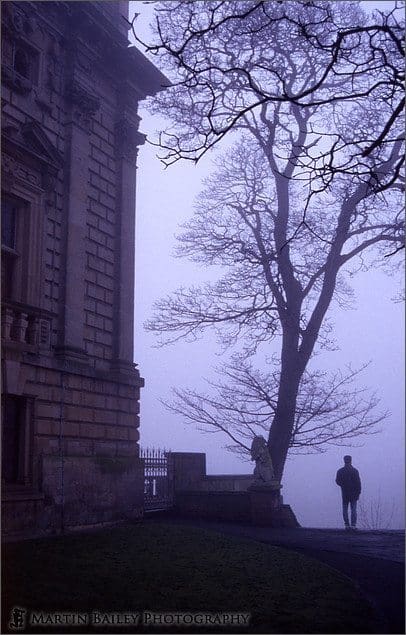
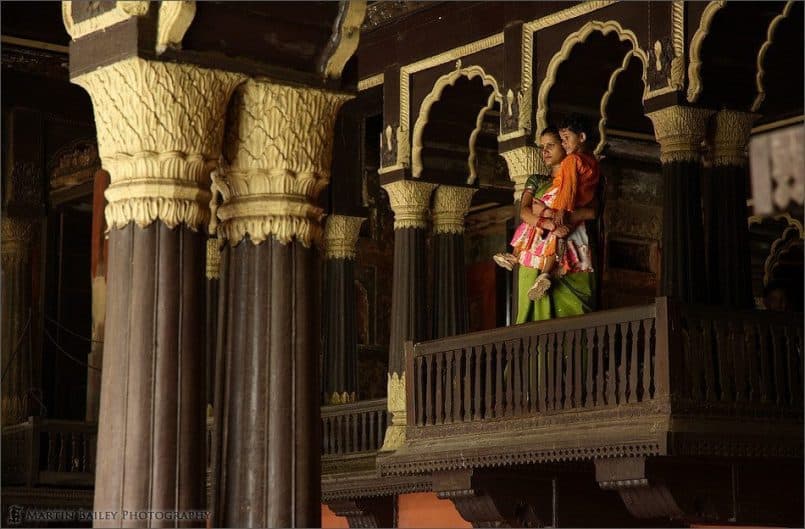
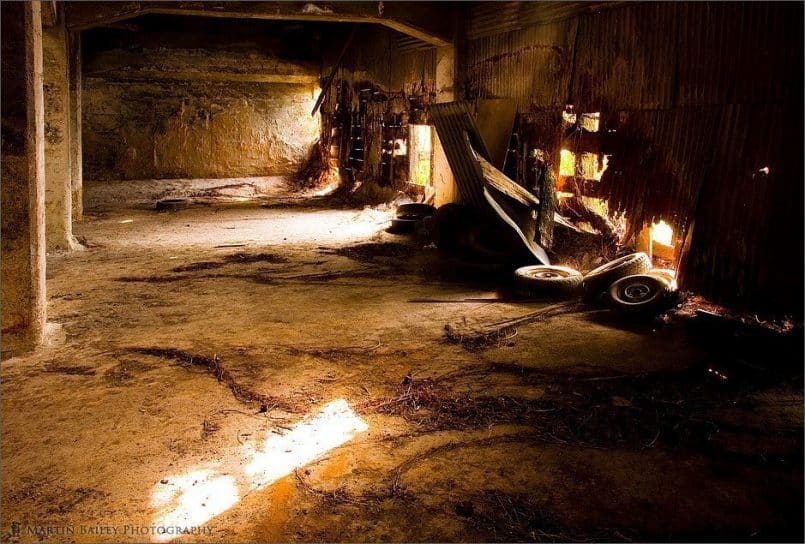

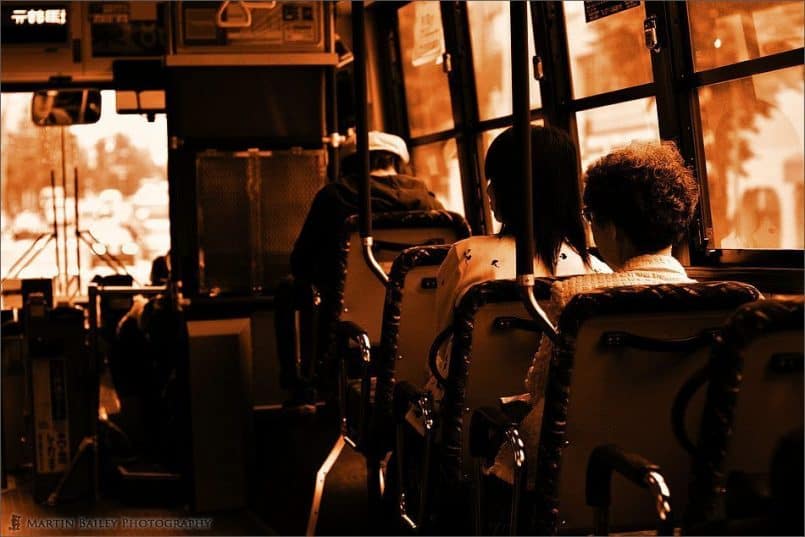
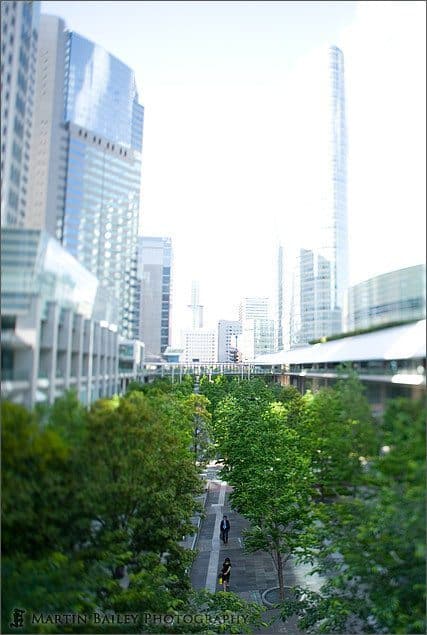

0 Comments